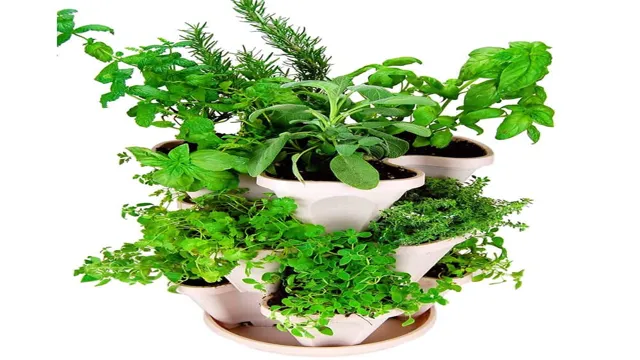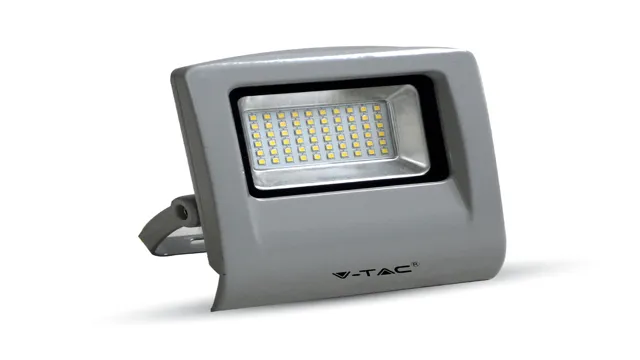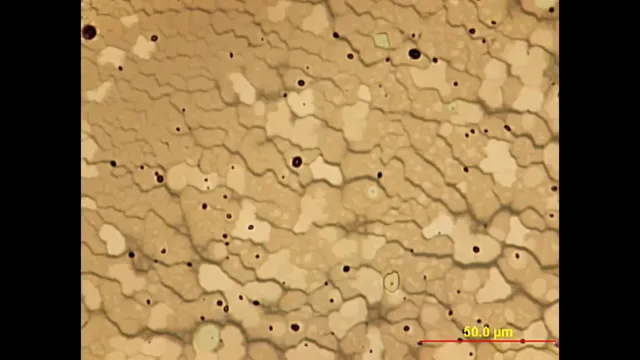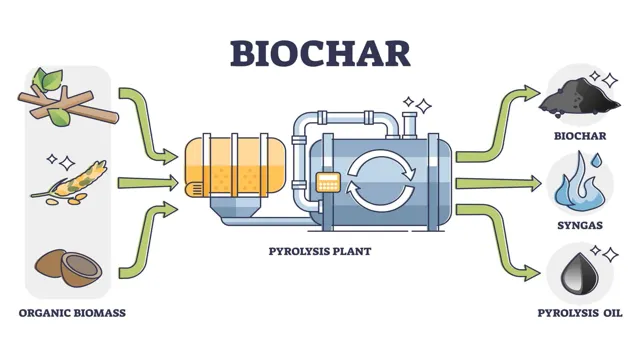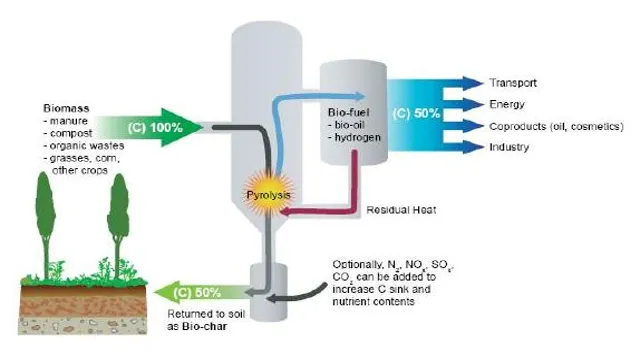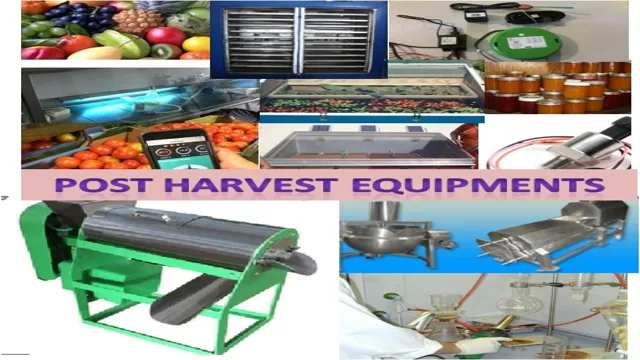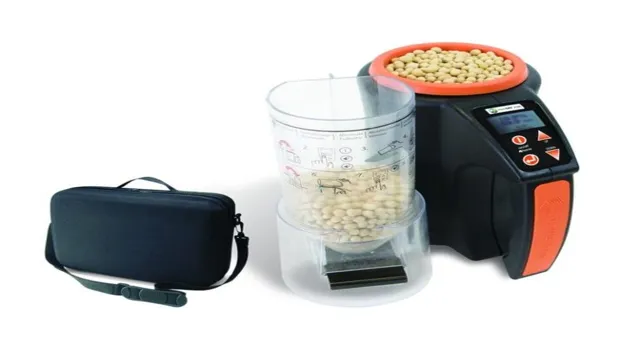Maintaining a healthy and balanced aquatic ecosystem is a task that requires constant attention and the right set of tools. One of the biggest challenges in this regard is controlling the growth of algae. They may appear harmless, often adding a touch of green to your aquariums or ponds, but unchecked algae growth can quickly turn into a nightmare for both hobbyists and professionals alike.
This blog post is designed to guide you on a path to mastering algae control tools, ensuring that you can keep your aquatic environments healthy and visually appealing. To achieve this, we’ll delve into the science behind these tools, review top products in the market, and provide practical tips to maximize their efficiency. So, whether you’re a novice aquarist seeking guidance, or an experienced professional looking to refine their skills, this comprehensive guide will prove invaluable.
Understanding Algae
Algae, these tiny organisms, found in marine and freshwater, can be a cause of major headaches for anyone trying to maintain a clean and healthy aquatic environment. Whether it’s a swimming pool, a fish tank, or a natural body of water, algae can rapidly become a nuisance. But fret not, for we have an arsenal of strategies and tools at our disposal to keep these microscopic invaders under control.
Algae control tools come in various forms, sizes, and mechanisms, each designed to tackle different types of algae. Some tools work by physically removing the algae, while others inhibit their growth by altering the water’s chemistry. The key is to understand the type of algae you are dealing with, as this will guide you to the most effective control tool.
There are several common types of algae, including green, brown, and red algae. Each type thrives in different conditions, and hence, requires a different approach for control. For example, green algae, the most common type, can be controlled using a pool skimmer or an algaecide.
On the other hand, brown algae, which is often found in fish tanks, can be kept in check using a scraper or a magnetic algae cleaner. Moreover, algae control isn’t just about removing the algae, it’s about creating an environment where algae are less likely to grow. This often involves monitoring and adjusting the water’s pH levels, temperature, and nutrient content.Specialized tools, such as water testing kits and temperature control systems, can help in this regard. In conclusion, algae control is a multifaceted task that requires a good understanding of the nature of algae, and the use of appropriate tools. So, next time you see an algae bloom, don’t despair.Just roll up your sleeves, arm yourself with the right tools, and you’ll have the situation under control in no time.
What is Algae?
Algae, a diverse group of aquatic organisms, often become the uninvited guests in our water bodies, turning them green and murky. These photosynthetic organisms, though essential for aquatic life, can become problematic when they grow out of control. This is where algae control tools come into the picture, serving as our knights in shining armor.
These tools, ranging from algaecides to ultrasonic devices, effectively manage algae levels, restoring the health and beauty of our water bodies. After all, managing algae is all about maintaining balance – it’s not a battle, but a ballet.
Types of Algae
Navigating through the diverse world of algae can be a daunting task, but fear not. This section is dedicated to introducing the various types of algae and the efficient tools devised for their control. From the common green algae to the stubborn blue-green ones, each has its unique challenges and corresponding control methods. But don’t let their vibrant hues fool you – these little aquatic organisms can wreak havoc on your water ecosystems if left unchecked.So, let’s dive in and explore the myriad of algae species and the innovative algae control tools designed to keep them at bay.
Importance of Algae Control
The Vital Role of Algae Control Tools In the vast aquatic universe, algae are ubiquitous. While they play a critical role in the ecosystem by providing food and oxygen, uncontrolled algae growth can wreak havoc on water bodies, causing significant ecological imbalances. That’s where the concept of algae control steps in, and more specifically, the use of algae control tools.
Algae control tools serve as our knights in shining armor, battling the green menace that threatens our ponds and aquariums. They help maintain the fine line between beneficial and harmful algae, ensuring the survival and flourishing of aquatic life. These tools range from simple manual skimmers for small ponds to sophisticated ultrasonic devices for larger water bodies.To put it in a whimsical context, imagine the algae as overzealous party guests who just won’t stop multiplying. The algae control tools are like the prudent party planners, ensuring the guests don’t overrun the venue, causing chaos and disorder. In all seriousness, these tools are vital in maintaining the health of our water bodies.They facilitate the balance of nutrients, prevent the depletion of oxygen, and ward off foul odors – all while promoting a thriving ecosystem. In a world where algae are both friends and foes, algae control tools are our indispensable allies, ensuring we enjoy the benefits of these green organisms without suffering their potential harm. They are the unsung heroes of aquatic management, silently defending our waters against the relentless invasion of excessive algae growth.
Effects of Algae Overgrowth
In the fascinating world of aquatic ecosystems, the role of algae is undeniably vital, but an imbalance can lead to a pesky overgrowth. This excess of algae, often a symptom of nutrient overload, can wreak havoc on biodiversity, suffocating other aquatic life and disrupting the aesthetic appeal of water bodies. The silver lining is Innovative algae control tools. These tools are a beacon of hope, meticulously designed to address this ecological dilemma, restoring the harmony of aquatic flora and fauna. So, let’s delve into the effects of algae overgrowth and explore the wonders of algae control tools.
Benefits of Algae Control
Harnessing the power of algae control tools is essential to maintaining a healthy and appealing aquatic environment. These tools offer numerous benefits, including preventing the overgrowth of harmful algae, maintaining optimal water conditions, and preserving the aesthetics of your water bodies. A well-maintained aquatic environment not only enhances your property’s appearance but also contributes to the overall ecosystem’s health.
It’s a win-win, really. By investing in algae control tools, you’re not just improving your own space – you’re also playing an integral role in preserving our planet’s natural beauty. Now, isn’t that a clever move.
Role in Ecosystem Balance
Managing algae levels is crucial for maintaining the balance of our ecosystems. Algae control tools serve a significant purpose in this arena – curbing the excessive growth of algae that can potentially disrupt aquatic life and deplete oxygen levels in the water. These tools are not just functional, but also symbolize our collective responsibility towards preserving nature.
They are the unsung heroes, silently working behind the scenes to ensure that our ecosystems continue to thrive and flourish. So, let’s take a moment to appreciate these ingenious tools for their invaluable contribution to environmental sustainability.
Algae Control Methods
Harnessing the Power of Effective Tools When battling the green menace that is algae, the right arsenal of tools can make a world of difference. Navigating the world of algae control tools can feel like traversing a labyrinth without a map. However, armed with the right knowledge, it becomes significantly less daunting.
Mechanical tools such as algae scrapers and brushes are a rudimentary yet effective method for removing algae from surfaces. They come in various sizes and shapes to cater to different types of aquariums or ponds. More advanced tools include UV sterilizers, which emit ultraviolet light to kill algae, and algae inhibitors that prevent their growth.
Chemical solutions are another formidable weapon in algae control warfare. Algaecides are potent substances that kill algae and prevent their recurrence. However, they should be used with caution as they can also potentially harm other aquatic life.Biological control methods involve introducing algae predators into the ecosystem. Certain fish species, like the Siamese Algae Eater, and snails, like the Nerite Snail, are known for their appetite for algae and can be a natural and eco-friendly algae control tool. For those who prefer hi-tech solutions, electronic algae control devices that emit ultrasonic waves to disrupt algae’s growth pattern are gaining popularity.
However, these should be used judiciously, considering their potential effects on other aquatic organisms. In the fight against algae, there is no one-size-fits-all solution. Understanding the specific needs of your aquatic environment and experimenting with different algae control tools is the key.After all, in the game of algae control, knowledge is power, and the right tool can be your secret weapon.
Chemical Treatment
Navigating the world of algae control can be a daunting task, but equipped with the right tools, it can be a breeze. Chemical treatment is one of the most effective algae control tools in our arsenal. This method involves using specific chemicals that inhibit algae growth, thus maintaining the balance in your aquatic ecosystem.
Whether you’re dealing with a small garden pond or a large public pool, chemical treatment can offer a robust solution to your algae woes. So, for all the aqua enthusiasts seeking a pristine, algae-free environment, embracing the power of chemical treatment can be a game-changer.
Biological Control
In the world of aquatic ecology, the need for effective algae control tools cannot be overstated. These biological control mechanisms, integrated with cutting-edge technology, are pivotal in maintaining the balance of aquatic ecosystems. These tools tackle algae proliferation strategically, ensuring that aquatic biodiversity thrives without the disruptive influence of algae overgrowth.
From the deployment of algae-eating organisms to the application of environmentally friendly chemical treatments, these tools are revolutionizing our approach to algae control. So, let’s delve into the fascinating world of biological control, where science and nature collaborate to maintain the harmony of our aquatic environments.
Top Algae Control Tools
Keeping your aquatic environment clean and healthy is no easy task, and one of the most common challenges faced is controlling the growth of algae. Thankfully, there are several algae control tools available in the market designed to combat this problem. These tools range from chemical treatments to biological methods and mechanical devices, all aimed at maintaining a balanced and algae-free aquatic ecosystem.
Chemical treatments, such as algaecides, are often the first line of defense. They work by effectively killing the algae, thus preventing their proliferation. However, they should be used judiciously as they can also harm beneficial aquatic life.
Biological methods involve introducing algae-eating species into the environment. These could be certain types of fish or invertebrates that naturally control algae growth by consuming them. This approach, however, requires careful monitoring to ensure that these species do not overpopulate and upset the ecological balance.
Mechanical devices, such as UV sterilizers and algae scrubbers, are another effective option. UV sterilizers use UV light to kill algae, while algae scrubbers use a rough surface on which algae grow and are then manually removed. Lastly, preventative tools such as phosphate removers and nitrate reducers can help in maintaining water quality and thus prevent algae growth.Choosing the right algae control tools largely depends on the specific conditions of your aquatic environment. What works best in one situation may not be as effective in another. Therefore, it’s essential to understand the root cause of the problem before deciding on the most appropriate solution.Remember, maintaining a healthy aquatic environment is a continual process, but with the right tools and knowledge, you can keep algae growth under control.
Algaecides Review
In the aquatic world, algae are the uninvited guests who overstay their welcome. However, with effective algae control tools such as algaecides, their unwelcome visit can be cut short. Algaecides are the ‘secret agents’ that keep your aquatic environment clean, healthy, and aesthetically pleasing.
They are the superheroes that wage a relentless war against algae, ensuring that your water bodies remain algae-free. In this review, we’ll delve into the world of algaecides, exploring their efficacy, application, and the best products in today’s market. So, sit back as we take you on this enlightening journey of algae control.
UV Sterilizers Insight
Diving into the depths of aquarium maintenance, we discover the unsung heroes of algae control tools: UV sterilizers. These nifty devices harness the power of ultraviolet light to eliminate microscopic troublemakers that cause algae blooms. They’re the silent assassins in your fight against cloudy aquarium water and their efficacy is unparalleled.Forget messy chemicals or laborious scrubbing, with UV sterilizers, algae control is as easy as flipping a switch. So, let’s shine a light on these brilliant tools and explore how they bring clarity to your aquatic world.
Choosing the Right Tool
Navigating the world of algae control can often feel like an expedition through a dense, unexplored jungle. With a myriad of tools and techniques at your disposal, how do you decide which one is the right fit for your needs? First, it’s crucial to understand that not all algae control tools are created equal. Just as you wouldn’t use a chainsaw to trim your bonsai tree, the same principle applies here.
The right tool, in this case, is largely dependent on the type of algae you’re dealing with, the size of your pond or aquarium, and your personal preferences. For instance, if you’re dealing with a small aquarium overrun by green algae, a simple magnetic algae cleaner might be all you need. These devices are designed to remove algae from the sides of your aquarium without getting your hands wet.
It’s an ingenious invention that allows you to maintain a clean, healthy environment for your aquatic friends. On the other hand, if your backyard pond has been invaded by stubborn blue-green algae, you might need to bring out the big guns. Ultraviolet sterilizers are a popular choice in these situations.
These devices are designed to kill algae by exposing them to high-intensity UV light. It’s an effective, chemical-free method that ensures your pond remains a safe haven for your fish and plants. In conclusion, choosing the right algae control tool is about understanding your specific needs and then finding a tool that’s designed to meet those needs.It’s about embracing the journey and realizing that even algae control can be a rewarding, fulfilling endeavor. After all, nothing quite compares to the satisfaction of seeing your pond or aquarium free from the green menace. So, equip yourself with the right tool and let the algae battle commence.
Frequently Asked Questions
What are some effective algae control tools?
There are several effective algae control tools including algaecides, UV sterilizers, pond filters, barley straw, and pond dye. These tools work differently and the choice depends on the type of algae and the specific needs of the pond or aquarium.
Are there any natural algae control tools?
Yes, there are natural algae control tools. For instance, barley straw and certain types of fish, such as plecostomus or certain types of snails, can help control algae growth.
How do UV sterilizers work as algae control tools?
UV sterilizers work by emitting ultraviolet light that destroys the algae’s DNA, preventing it from reproducing. As the water circulates through the sterilizer, algae, parasites, and bacteria are exposed to the UV light and killed.
How effective are algaecides as algae control tools?
Algaecides can be very effective in controlling algae. They work by killing the algae directly on contact or by inhibiting their growth. However, they should be used carefully as they can also harm beneficial bacteria and other aquatic life.
What are some preventative measures that can be used as algae control tools?
Maintaining a healthy balance of nutrients in the water, regularly cleaning your pond or aquarium, and using plants to absorb excess nutrients can all act as preventative algae control tools. In addition, using a pond filter and regularly testing water quality can also help prevent algae growth.
Can you recommend a specific brand for algae control tools?
The choice of brand largely depends on your specific needs and the type of algae you are dealing with. However, brands like TetraPond, API, and GreenClean are known for their quality algae control products. It’s always best to do your own research or consult with a professional before making a decision.
Conclusion
In the grand ocean of knowledge, controlling algae may seem like a minuscule blip on the radar of importance. However, in the ecosystem of life under water, it’s a matter of monumental significance. Algae control is not a hard thing just you have to choose the right path as it can be problematic if you don’t take actions quickly.Algae control tools are not just tools, they’re the unsung heroes, the silent sentinels that keep our aquatic environments balanced, beautiful, and brimming with biodiversity.So, No more delay,the next time you look upon a crystal clear pond or a thriving aquarium, remember – it’s not just nature’s magic, but careful, scientific algae control at work.By following these mind-blowing tips and techniques, you can also get a clear pond.




